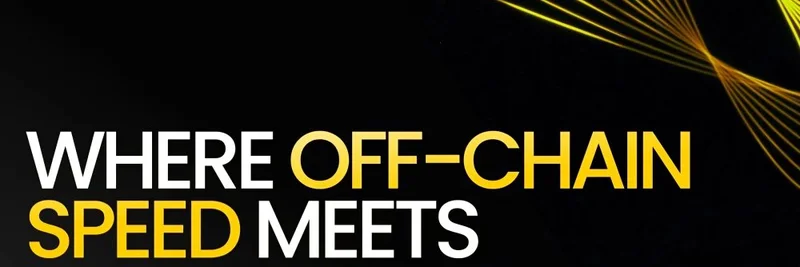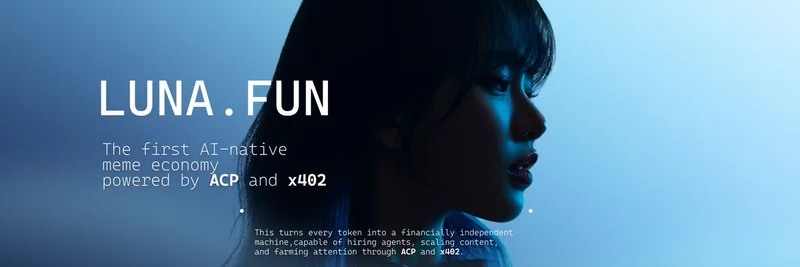Hey there, crypto enthusiasts and meme token fans! If you’ve been scrolling through X lately, you might have stumbled upon a thought-provoking tweet from Anatoly Yakovenko, the mastermind behind Solana. Posted on July 30, 2025, he dropped a bombshell: "We need cryptography because the only thing AI can’t generate are cryptographic signatures." This single line has sparked a flurry of reactions, and at Meme Insider, we’re here to break it down for you. Let’s dive into why cryptography is the unsung hero in the battle against AI-generated chaos, especially in the wild world of blockchain and meme tokens.
What Did Anatoly Mean by This?
Anatoly’s tweet is a clever nod to the limitations of artificial intelligence. AI is amazing at creating realistic text, images, and even deepfakes—think of those viral videos that make you question reality! But when it comes to cryptographic signatures, AI hits a wall. Why? Because these signatures rely on complex math (like elliptic curve cryptography) and private keys that only the owner possesses. No amount of pattern prediction can crack that without the secret key. It’s like trying to open a locked treasure chest with a guess—good luck!
In the replies, users like @KyoMemes and @loviedotsol echoed this sentiment, calling signatures our "last line of defense against deepfakes." This is huge for blockchain, where trust is everything. Whether you’re trading a meme token like $TOUCHGRASS or staking on Solana, cryptographic signatures ensure that transactions are legit and untampered.
How Cryptography Works in Blockchain
Let’s keep it simple. Cryptography in blockchain is like a digital lock and key system. When you send a transaction—say, buying a rare Pepe meme token—the system uses your private key to create a unique signature. This signature proves you’re the owner without revealing your key. Public key cryptography, often powered by elliptic curve algorithms (as explained on GeeksforGeeks), makes this possible. It’s the backbone of wallets, NFTs, and even meme token ecosystems.
The cool part? Even if AI could mimic your handwriting or voice, it can’t forge a signature without your private key. That’s why Anatoly’s point resonates—cryptography is AI-proof, at least for now. Some users, like @0xexel, raised a valid concern: what if AI cracks elliptic curve math? Experts say we’re safe for the foreseeable future, but it’s a reminder to stay vigilant!
Why This Matters for Meme Tokens and Blockchain
Meme tokens thrive on community and hype, but they’re also targets for scams. Fake tokens, rug pulls, and AI-generated phishing attempts are real threats. Cryptographic signatures are the shield that keeps your $DOGE or $SHIB safe. They verify that a token launch or trade is authentic, giving you peace of mind as you dive into the meme coin craze.
Take Solana, for example. Its high-speed blockchain relies heavily on cryptography to process millions of transactions. Anatoly’s tweet aligns with Solana’s ethos of security and innovation, which is why the community (check out the replies from @Junior100xx and @crypt0man1ac_OG) is buzzing about it. It’s not just tech talk—it’s a call to value the tools that protect our digital playgrounds.
The Bigger Picture: AI vs. Crypto Security
This debate isn’t new. Articles like the one on Forbes warn that digital signatures aren’t foolproof against all AI tricks, especially if devices are compromised. But in blockchain, the decentralized nature adds an extra layer of protection. Each node verifies signatures independently, making it harder for AI to fake an entire network.
Looking ahead, as AI evolves, so will cryptography. Innovations like post-quantum algorithms (mentioned on Wikipedia) are already in the works to stay ahead of the curve. For meme token enthusiasts, this means your favorite coins will keep thriving in a secure ecosystem.
Final Thoughts
Anatoly Yakovenko’s tweet is more than a hot take—it’s a reminder of cryptography’s critical role in the blockchain world. As AI pushes boundaries, cryptographic signatures stand firm as a trust anchor, especially for meme tokens and decentralized projects. At Meme Insider, we’re excited to see how this interplay shapes the future. So, next time you’re HODLing a meme coin, give a nod to the math that keeps it safe!
Got thoughts on this? Drop them in the comments or join the convo on X. And if you’re new to meme tokens, check out our knowledge base to level up your crypto game!




